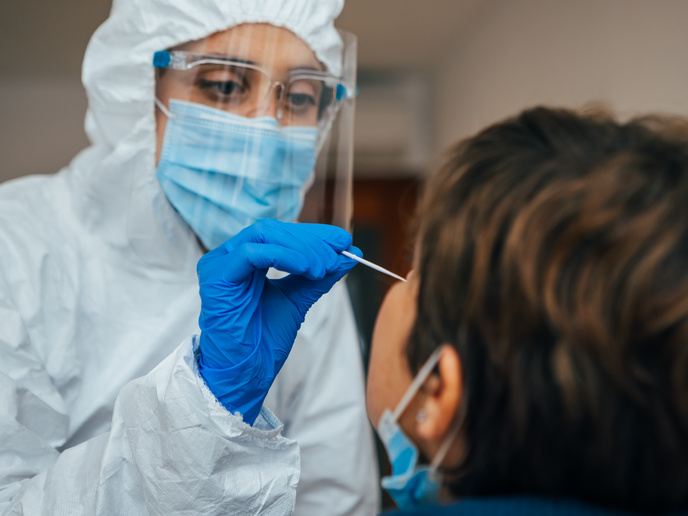New vaccines for the 21st century hit microbes where it hurts
A European Industrial Doctorates (EID) research network brought together, under the PHA-ST-TRAIN-VAC project, two world-leading teams – GSK Vaccines S.r.l. and the University of Strathclyde. The aim was to equip the next generation of vaccinologists with the necessary skills and tools to deliver novel vaccines.
New vaccine designs combined with entrepreneurship
“Combining structure-based antigen design, adjuvant design and pharmaceutical formulation, the research delivered enhanced vaccine formulations,” outlines Yvonne Perrie, project coordinator and professor at the University of Strathclyde. The emphasis was on the strategy that uses alternative options for administration, able to potentiate immune responses in a format tailored to patient need as well as the disease. PHA-ST-TRAIN-VAC trained four highly skilled, entrepreneurial researchers with inter-sectorial, multi-disciplinary skills and expertise to exploit this new research understanding and ensure the delivery of vaccines that can enhance healthcare in the 21st century.
Target diseases
The project team focused on the development of vaccines to tackle diseases that still pose a massive threat to human health. COVID-19 is the obvious one. The researchers also tackled two bacteria that are benign in the body under normal circumstances but can adopt a pathogenic lifestyle – Neisseria meningitidis serogroup B (MenB) and group B Streptococcus (GBS)(opens in new window). One of the ECRs, Gustavo Lou Ramirez, is now working in Spain on COVID-19 mRNA vaccines(opens in new window). Another researcher, Rob Cunliffe has started working as a research scientist at Mologic Ltd., a leading developer of lateral flow and rapid diagnostic technologies that has developed COVID-19 testing kits. MenB is part of the normal nonpathogenic flora in the nasal cavity of up to 15 % of adults but also the most frequent cause of invasive meningococcal disease (IMD). PHA-ST-TRAIN-VAC researchers developed an improved vaccine to confer broader MenB strain coverage. They also designed a ferritin based delivery system(opens in new window) that self-assembles into a spherical nanocage and presents the MenB antigens to enhance immunogenicity and IMD vaccine potency. Similarly, GBS bacteria are normal residents of the vaginal flora in 25 % of healthy women. However, they can convert from the asymptomatic state to bacterial pathogens causing dangerous infections in pregnant women and newborns. The project team identified pilus proteins as promising vaccine candidates for GBS. These play a key role in the adhesion and attachment of the pathogens to host cells.
Quantum leaps in vaccine design and delivery
“I think our key findings demonstrated that RNA-based vaccines are effective in pre-clinical trials and, since then, mRNA vaccines have moved into clinical use with both the Pfizer/BioNTech and Moderna vaccines being based on this technology,” Perrie points out. Among potential nonviral vectors, lipid nanoparticles are particularly promising. PHA-ST-TRAIN-VAC researchers showed that these delivery systems improve the efficacy of RNA-based vaccines, and others (including polymeric nanoparticles and cationic emulsions) may also offer alternatives. “We also demonstrated that easy-to-source cationic lipids give comparable results to patented ionisable lipids that are not easy to source,” Perrie explains. This provides opportunities for pre-clinical development and rapid testing of RNA constructs using available ‘off the-shelf’ lipids. Summing up the success of the project, Perrie emphasises: “Our ECRs are all generating new exciting science thanks to the PHA ST TRAIN VAC funding and the excellent Initial Training Network the Marie Skłodowska-Curie programme has offered.”







